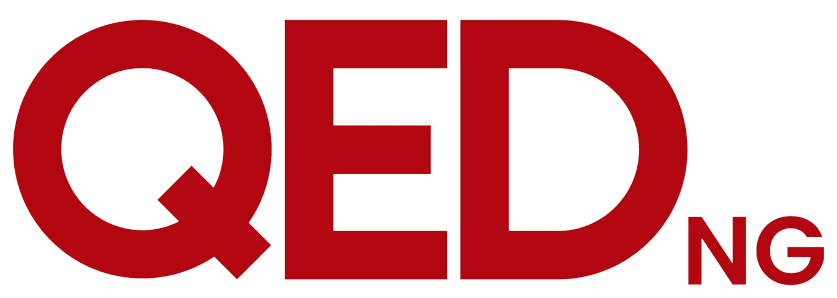Nigeria LNG Limited (NLNG) is planning to reinforce the domestic liquefied petroleum gas (LPG) market with a new LPG vessel which will boost volume and availability, as well as consolidate the company’s contributions to deepen the domestic LPG industry and increase consumption of the clean gas.
The new LPG vessel will be built by E.A Temile and Sons Company Limited, a wholly Nigerian company, under a contract with Hyundai Mipo Dockyard, South Korea and chartered to NLNG.
At a contract signing ceremony between E.A Temile and Sons Limited and Hyundai Mipo Dockyard in London on Thursday, the Managing Director and Chief Executive Officer of NLNG, Tony Attah, remarked that the signing ceremony was ground-breaking for NLNG because it supports the company’s aspiration, firstly, to further help develop the DLPG market and to promote the growth of indigenous companies and Nigeria’s economy.
“NLNG remains the single largest supplier of liquefied petroleum gas (LPG) (over 50%) in Nigeria and looks to enable its expansion in future. We produce the LPG in our plant in Bonny, Rivers State, Nigeria, and transport it by sea to Lagos from where it is distributed to every part of the country. This assures the product availability, accessibility, and affordability which is central to us as a company. NLNG’s domestic LPG intervention scheme aligns with its business focus of bringing energy to the world and helping to build a better Nigeria.
“A World Health Organisation (WHO) Report on Household Air Pollution and Health published in May 2018, affirms that about four million people die prematurely annually from illness attributable to air pollution from inefficient cooking practices using solid fuels and kerosene. And local data suggests that about 100,000 women and children die in Nigeria annually from the same causative factors. We believe that the expansion and strengthening of the DLPG market can help to stem this tide in Nigeria,” he said.
On NLNG’s contribution to Nigerian content, he stated: “We work closely with the Nigeria Content Development Monitoring Board to ensure compliance with the Nigeria Oil and Gas Industry Content Development (NOGICD) Act 2010, consequent upon which we signed a Business to Business Service Level Agreement (SLA) with NCDMB in June 2017, the first of its kind in the relationship between the oil and gas industry operators and NCDMB in Nigeria.
“Examples of our Nigeria Content initiatives implementation include BGT Plus Project where over 80,000 metres of cable, manufactured in Nigeria by Nexans Kabelmetal, as well as 9,000 pieces of anodes, produced by Metec WA, were exported to South Korea for utilization in the construction of six new Dual Fuel Diesel Engines (DFDE) LNG carriers.
“PCMN/Berger Paints Nigeria Limited exported over 400,000 litres of Paints and Coatings and IO Furniture/Vina produced and exported movable furniture to South Korea, all for the construction of the LNG carriers. In addition, Nigerians were involved in the project at the Hyundai Heavy Industries (HHI) and Samsung Heavy Industries (SHI) shipyards in South Korea.
“The benefitting indigenous companies, some of whom were exporting their products for the very first time, earned revenues in excess of $10 million and international reputation as exporting companies. All these are testaments that great things can truly happen once we set our minds to achieve them– same way we believe and are working assiduously towards achieving the FID for NLNG T7 which in addition to raising our LNG production capacity by 36%, from 22,000 million tonnes per annum to 30,000 million tonnes per annum, also has capacity for 1.0 MTPA in the DLPG market,” he remarked.
Also at the ceremony, the Executive Secretary of Nigerian Content Development and Monitoring Board (NCDMB), Simbi Wabote, remarked that the signing ceremony was a manifestation of the local content journey in the LPG sector, adding “I commend NLNG for this bold endorsement of our local capacities and capabilities. It is certainly a confidence-building move across board and I expect several operators and service providers to get inspirations from this milestone event and see the possibilities in our local content practice rather than the difficulties.”
The 23,000 cubic metres vessel will be delivered in 2020.











